Holden EH turns 50: Aussie Original
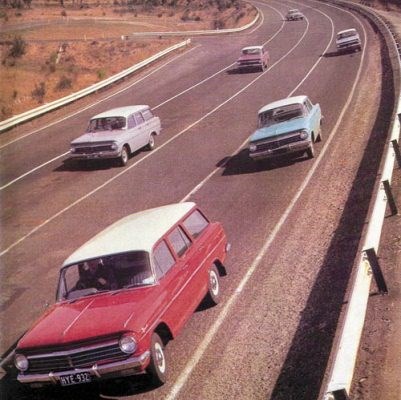 Holden EH turns 50
Holden EH turns 50

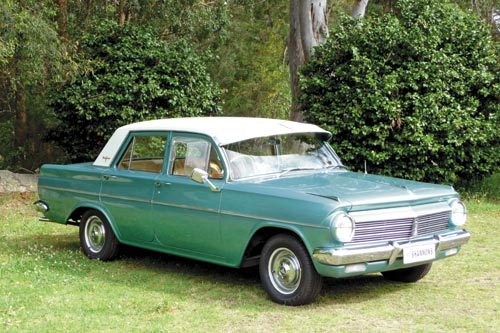 Holden EH turns 50
Holden EH turns 50

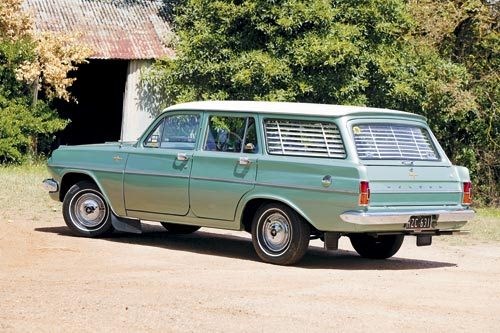 Holden EH turns 50
Holden EH turns 50

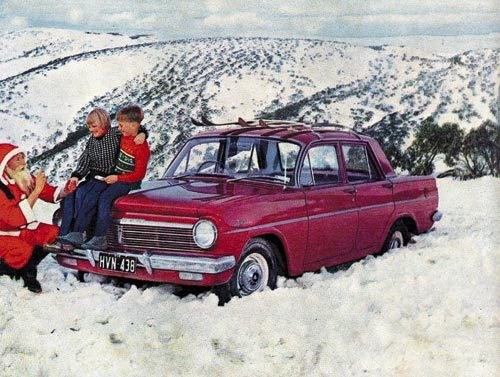 Holden EH turns 50
Holden EH turns 50

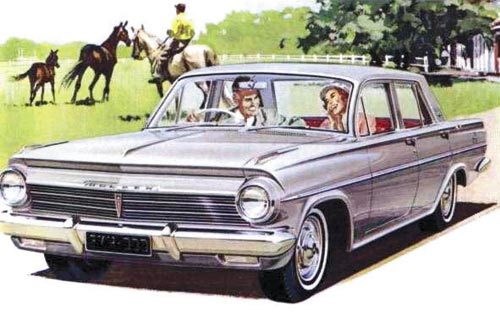 Holden EH turns 50
Holden EH turns 50

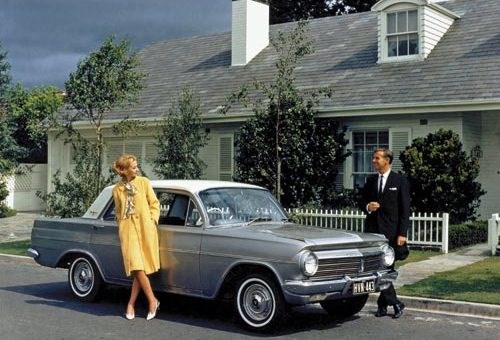 Holden EH turns 50
Holden EH turns 50

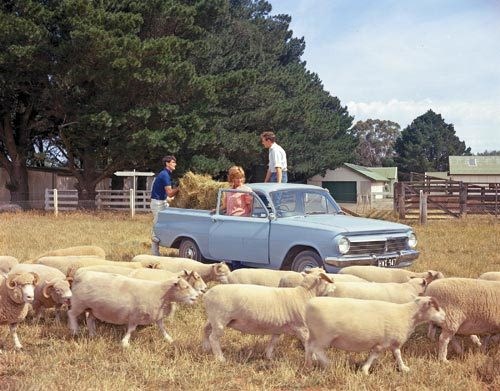 Holden EH turns 50
Holden EH turns 50

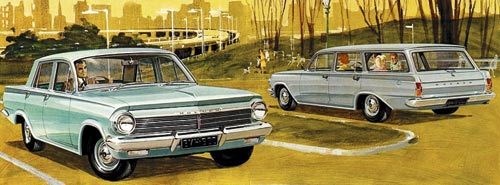 Holden EH turns 50
Holden EH turns 50

 Holden EH turns 50
Holden EH turns 50
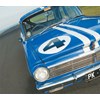
 Holden EH turns 50
Holden EH turns 50
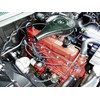
 Holden EH turns 50
Holden EH turns 50

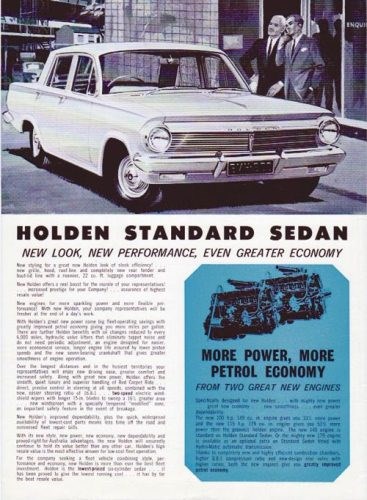 Holden EH turns 50
Holden EH turns 50


|
|
Holden EH turns 50
|

|
|
Holden EH turns 50
|

|
|
Holden EH turns 50
|

|
|
Holden EH turns 50
|

|
|
Holden EH turns 50
|

|
|
Holden EH turns 50
|

|
|
Holden EH turns 50
|

|
|
Holden EH turns 50
|

|
|
Holden EH turns 50
|

|
|
Holden EH turns 50
|

|
|
Holden EH turns 50
|

|
|
Holden EH turns 50
|
50 years have passed since the EH moved the game on with its new 'big-six' Holden's now-legendary 'Red' motor

|
|
Aussie Original: Holden EH turns 50
|
Holden EH turns 50
Newly 11, I bought the April 1961 edition of Modern Motor magazine and thrilled to the scoop photograph of a murky image of a murky yellow-green car shot at some distance and travelling at speed (at the Lang Lang proving ground). ‘Here’s the NEW HOLDEN, Another World Scoop’ proclaimed the prominent headline.
Weeks later the man who designed the 1959 Car of the Year ‘Wide-Track’ Pontiac, Joe Schemansky, accompanied by colleague Paul Gillan, wandered through one of the Detroit studios. There were numerous cars there, Schemansky told me when I interviewed him more than two decades later for sister magazine Wheels, but one stood out. "Even without lifting the cover I could see there was something very odd about it. I lifted the cover and correctly guessed that the car was a Holden. ‘This is awful,’ I said to Paul. ‘Bill Mitchell ought to take a look at this.’"
Thus begins the story of why the EJ Holden, introduced in the last week of July 1962, looks quite different from the vehicle shown on the April 1961 cover. The Americans made some quick changes to the car designed by Alf Payze and his small team at Fishermans Bend, the EJ Holden receiving the 1961 Chevy treatment. Peter Nankervis, who was heavily involved in the HK Monaro among many other important Holden design programs, put it this way: "They picked the bumpers up, put valances underneath, made a clean radiator grille with a ‘forehead’ and gave it a reverse-angle grille with very fine blades."
For the next model they took over entirely. The EH became the first Holden since the 48-215 ‘FX’ to be styled in the US. As for Payze’s proposed 1965 car, the EF, it was shelved entirely.
Poor old Alf Payze didn’t even get consulted about the EH facelift, due for release little more than a year after the EJ. That program was headed by Stan Parker with Joe Schemansky as one of the team. "I was in Fishermans Bend when it arrived in a box," said Nankervis. "It had been done entirely in America."
I feel old just beginning this story; it’s almost impossible to believe that the EH Holden turns 50 this winter.
While most critics then and now (but not this one) have preferred the styling of the EH to its predecessor, this was not the big news in August 1963. Just as the US market began its horsepower race, Australia was embarking more gingerly on its own. Big news in the America of 1962 was a 327ci V8 developing up to 300bhp, but 115bhp in a Holden was every bit the equivalent for Australian buyers accustomed to 60, 70 and 75bhp in the Holdens sold from 1948 to August 1963!
The R Series Valiant, which arrived here in January 1962 to much acclaim, had changed the rules; its 145bhp almost doubled the EJ’s.
Work on the new ‘red’ engines and a new engine plant began in 1960. Retired engineer Frank Pound told me in an interview for Heart of the Lion: "With any new program the first thing is to lay down specifications and objectives. (The engine) had to be lightweight, and to have facility for future development in terms of capacity and power. It was to be cast in our all-new foundry so the most modern casting techniques could be used. And an all-new engine line was put in for the EH engines.
"More engine performance was needed with automatic transmissions. People were saying, ‘I want a bit more punch to tow.’ That was why Holden’s came out with two engines, the 149 and 179."
In what was becoming established as GM corporate policy, an all-new engine was introduced into an existing body shape rather than risk the chaos which could result by launching a new body with a new engine. A later example is the advent of the Alloytec engine in the VZ rather than the VE. (Yes, the VN got everything at once but the engine had been proven in the US.)
The new engine took Holden performance out of the ‘grey’ and into the ‘red’. There were three different versions: 149ci, 149ci low compression and the 179ci, offered solely – and standard – in the Premier. But the soon to be famous chequered flag badge which indicated the larger engine’s presence was eminently transferable, either to the bootlid of any less well endowed EH or to the bedroom wall of an aspirational teenager.
From early 1964 manual transmission became available with the 179.
The significance of the EH is best understood by direct comparison with the 48-215 which was among the most accelerative and torquey sedans in the 1948 world. Light weight was at the heart of its formula and gave it a big advantage, even over GM rivals such as the Vauxhall Velox. But the ‘grey’ engine was hardly developed over the next 14 years and the world caught up; the EJ was only an average performer, especially in (auto only) Premier guise.
Arguably, there was never a better Holden Premier than the EH. There was a choice of transmissions and a wagon was added. The superb interior with front buckets and rear bench with centre armrest trimmed in aromatic local Howe leather was little changed. But in comparison to its predecessor, the EH Premier manual shaved perhaps eight seconds off the 0-60mph time. Plenty of Toorak and Vaucluse residents had chosen an EJ Prem over maybe a Mercedes 220SE or Jaguar Mark 2 2.4 as their second car, but the EH did not leave such customers – many new to Holden – feeling shortchanged on urge. No subsequent Premier exuded such class.
In 1960 Robin Boyd’s The Great Australian Ugliness was littered with his term ‘Austerica’, referring to what he saw as the Americanisation of Australia. The EH Holden was Austerican in the braking department. The four-wheel drum braking system that was just okay on the EJ was retained. As Europe embraced discs, the US saw little need, their automotive landscape far removed from that of, say, Italy; in the US a corner was an event. Then editor of Wheels, Bill Tuckey, was highly critical of the uneven skidmarks left by a test EH under heavy braking: ‘tear along the dotted line’, he wrote.
There is little evidence that buyers were equally critical, except for those who had occasion to race the S4 variant. Despite its so-called sintered metallic brake linings it didn’t stop worth a damn and was outclassed by the Cortina GT.
In Special: the untold story of Australia’s Holden, under the sub-heading ‘Will you still love me in 1964’, I wrote: ‘The 48-215 was not just the best car in the world for Australia, it was one of the best cars in the world, full stop. While the EH Holden, even with its vigorous new engines, could no longer be called one of the best cars in the world, it was still probably the best car in the world for Australia.’
Chief engineer of the 48-215 Russ Begg, who had been a pioneer in monocoque construction at Opel in the 1930s, re-imagined the family sedan. Begg’s lightweight Holden was probably the only sedan in the 1948 world that could get 30mpg and top 80mph. It set a template for rivals, but the world did indeed catch up. It must now be said that the Peugeot 404 was superior to the EH in most respects and equally capable in Australian conditions. Nevertheless if towing a caravan was on the agenda, the EH Holden with the ‘big’ engine was definitely the car for the job.
BUYER'S GUIDE
The tips and tricks to EH purchasing...
The most collectable EH is a Premier manual sedan but even these don’t command the kind of prices you might expect. Typically you would pay less for an excellent example than you would for a contemporaneous Jaguar Mark 2 3.4. In November 2010 Shannons sold an automatic with 24,685 miles from new for $25,000. Optimistic vendors now ask up to $40,000, but $30,000 is closer to the mark.
For a tidy car expect to pay $15,000. Original and unrestored is the best way to go. Equivalent Specials are on offer at $10,000.
In 1995 I bought a lovely one-owner 179 manual Special for $5000 and had no trouble recouping my money in 1999.
Since then prices have risen steadily but EHs are still undervalued and have great long-term cellaring potential.
Because so much of the provenance of these cars involves the street machine factor, there is no harm in reversible modifications and shrewd buyers are unlikely to remove the Yella Terra cylinder head or the extractors.
The rule is, if you make modifications, hang on to all the old, original bits.
If you buy a car that needs paint, do not deviate from the original scheme. Rust was a problem for some unloved examples when they were only five or so years old, so caveat emptor.
Today I think the EH Premier sits roughly where the HK Monaro GTS 327 sat 30 years ago: appreciating slowly, of interest to enthusiasts, but nurturing great potential. It is among the most desirable of early Holdens and should achieve high prices within five to 10 years
Unique Cars magazine Value Guides
Sell your car for free right here
Get your monthly fix of news, reviews and stories on the greatest cars and minds in the automotive world.
Subscribe

.jpg)












.jpg)

